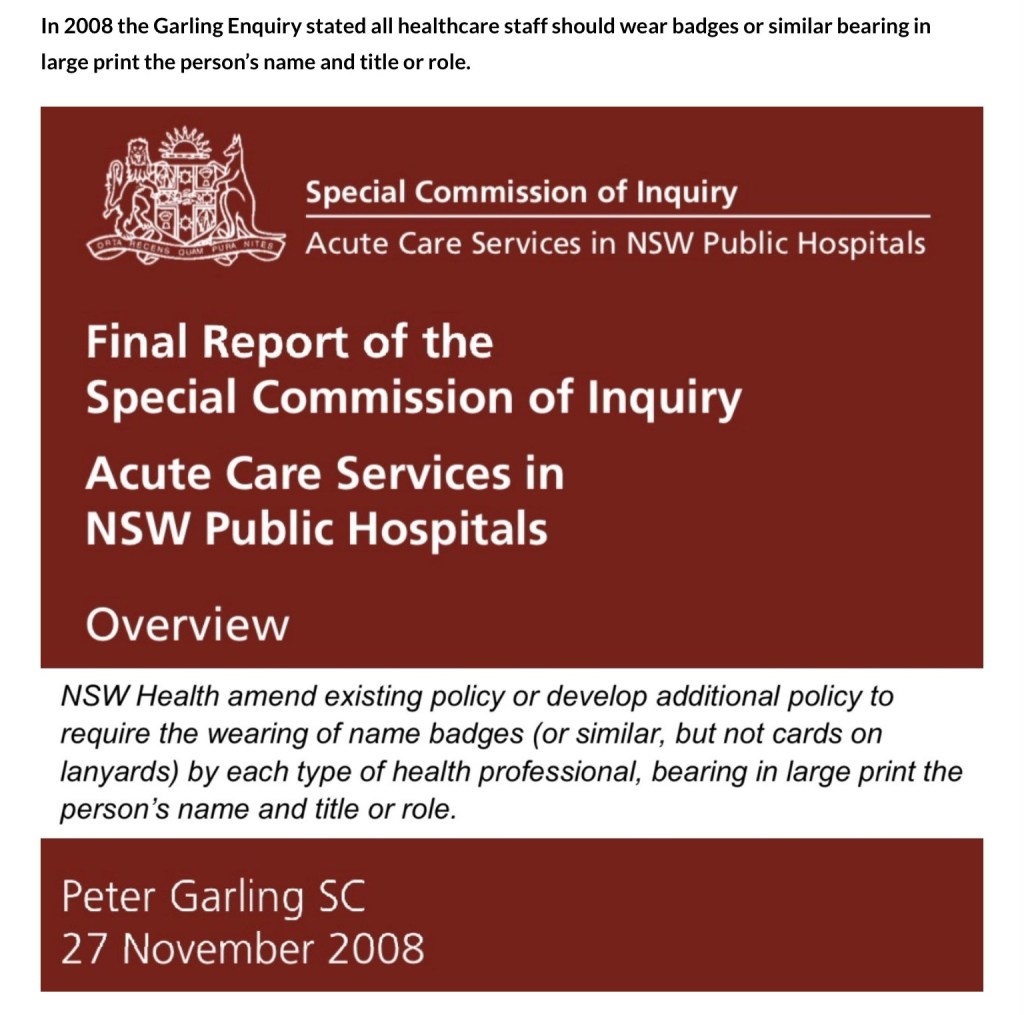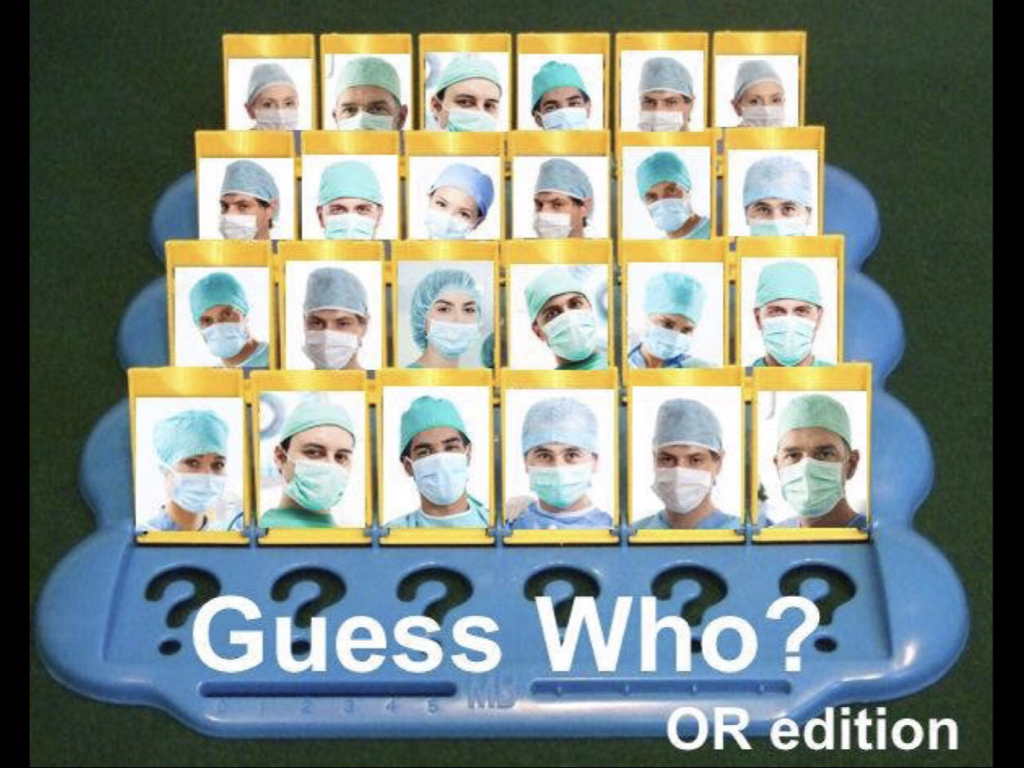Social normalisation of deviance means that people within the organization become so much accustomed to a deviant behavior that they don’t consider it as deviant, despite the fact they exceed their own rules for the elementary safety.
People grow more accustomed to the deviant behavior the more it occurs . To people outside of the organization, the activities seem deviant; however, people within the organization do not recognize the deviance because it is seen as a normal occurrence.
In hindsight, people within the organization realize that their seemingly normal behavior was deviant.
Professionals who perform rule-bound tasks, especially associated with complex and risky interventions whose failures can invite serious harm and injury, must appreciate the perils of deviating from standards of care. The more such deviations are allowed, the more normalized they become.
Deviant practices in the form of violations of rules and practice standards are contributors to adversity. Classic examples occurred with the Space Shuttle Challenger Disaster and the Crash of the Costa Concordia
Normalised deviance has been a major problem in health care. For example problems such as failing to check or record a lab finding, ordering the wrong drug, or entering a lab finding in the wrong patient’s chart are usually not enough to guarantee an occurrence of harm.
An example of this is when a third-year medical student stated “I was observing what turned into a very difficult surgery. About 2 hours into it and after experiencing a series of frustrations, the surgeon inadvertently touched the tip of the instrument he was using to his plastic face mask. Instead of his requesting or being offered a sterile replacement, he just froze for a few seconds while everyone else in the operating room stared at him. The surgeon then continued operating. Five minutes later he did it again and still no one did anything. I was very puzzled, but when I asked one of the nurses about it after the operation, she said, “Oh, no big deal. We’ll just load the patient with antibiotics and he’ll do fine.” And, in fact, that is what happened; the patient recovered nicely”.
We can use health as an example of a reason why deviance is normalized in companies. Here are four major reasons why it happens:
- “The rules are stupid and inefficient.” System operators will often invent shortcuts or workarounds when the rule, regulation, or standard seems irrational or inefficient.
- Knowledge is imperfect and uneven. System operators might not know that a particular rule or standard exists; or, they might have been taught a system deviation without realising it.
- “I’m breaking the rule for the good of my patient!” This justification for rule deviation is where the rule or standard is perceived as counterproductive.
- Workers are afraid to speak up. The likelihood that rule violations will become normalized obviously increases if persons who witness them refuse to intervene. Yet, a 2005 study of more than 1,700 healthcare professionals found that “it was between difficult and impossible to confront people”.
Ignorance of what is going on is organisational and prevents any attempt to stop the unfolding harm. Being clear about standards and rewarding whistle blowers is part of what should take place. A company must be transparent about their standards and consequences of not meeting them. Also, creating a culture that is less individualistic and more team-based is helpful to stop the normalisation of deviance.
Each person should be looking out for the company and team as a whole.
If it were more team-based, each person would feel like they were letting their colleagues down if they were to break the rules.
After a series of adverse events, in 2008 it became policy in NSW that all staff display their name & role in large clear font.

Where staff aren’t doing this does this represent a ‘normalisation of deviance’ placing patients at unnecessary risk?

While this behaviour is normalised is the team in effect being let down?
Much of the content of this post has been extracted from ‘Normalisation of Deviance’ by Diane Vaughan.
